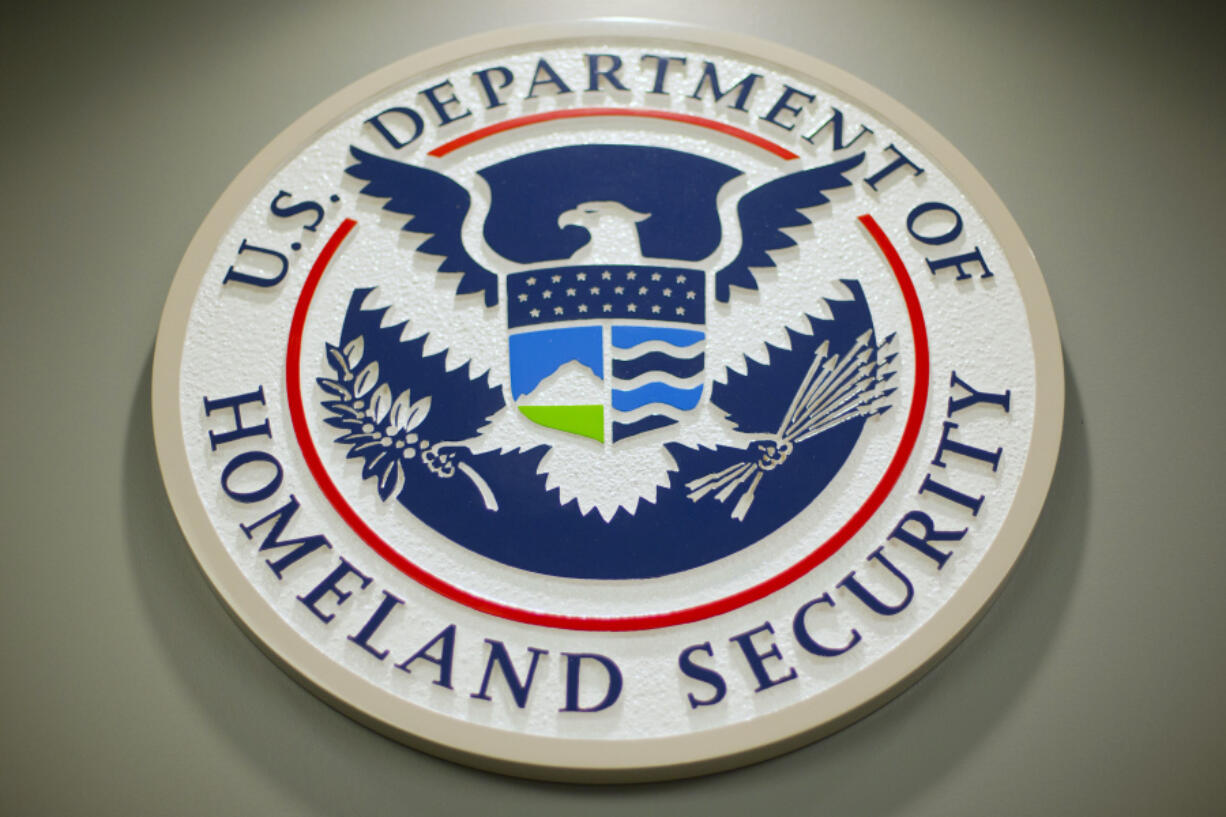After losing its ability to prevent deadly materials from falling into the hands of terrorists a month ago, the government is concerned for the safety of chemical sites around the nation.
Since its inception, the Department of Homeland Security has had the authority to check the security measures in place at chemical storage and usage sites. Additionally, the establishments themselves must investigate any potential hires’ connections to terrorism.
However, the Chemical Facility Anti-Terrorism Standards programme was not renewed by Congress, and it ended on July 28. Homeland Security officials claim that this left huge gaps in the nation’s security, and they are urging Congress to take swift action this week when it reconvenes.
At the Chemical Security Summit held in northern Virginia last week, Homeland Security Secretary Alejandro Mayorkas warned guests that there was a growing possibility that terrorists may gain access to and use the hazardous chemicals produced in these plants as weapons.
A facility must notify the Department of Homeland Security of any quantity of any of a broad list of “chemicals of interest” it holds, according to the programme. In order to construct a security plan, the facility must be deemed high risk, according to the Cybersecurity & Infrastructure Security Agency, which is part of DHS. The organisation evaluates the plan to ensure that it handles issues like physical security and cybersecurity, and after that, it conducts inspections to ensure that businesses are compliant.
The list contains more than 300 compounds, including elements like sodium nitrate and chlorine. According to official data, there are around 3,200 high-risk establishments throughout the nation.
The rules apply to any facility that uses the chemicals in a particular amount, such as those involved in agriculture, plastics, or medicines, to mention a few. They do not merely apply to enterprises who manufacture or distribute chemicals.
Additionally, facilities inform Homeland Security the names of potential hires so that they can be screened for affiliations to radical organisations. About 300 names per day were being searched through databases until the programme expired, according to CISA official Kelly Murray, who spoke at the conference. That’s finished now.
The Department was given permission by Congress to start the chemical security programme in 2006, and it became operational the following year. But every few years, Congress must also renew the power. It has thus far. The House unanimously approved its reauthorization this summer. However, after Sen. Rand Paul raised concerns, the Senate decided against doing so.
Paul, a Republican from Kentucky, claimed in a speech to Congress on July 26 that such regulations favour large corporations because they obstruct the entry of new businesses, and that even in the absence of such regulations, businesses would still maintain security measures out of self-interest.
Paul opined that because they want to preserve their investment, all of them would still have fences, barbed wire, and security measures in place even if the programme didn’t exist.
He claimed that the Senate was passing the law quickly and without giving it enough thought, such as whether it would duplicate existing government initiatives. Despite his reservations, he stated that he would vote in favour of it provided the Senate also supported his proposal to put in place a score system that would allow any proposed government programme to be evaluated to see if it duplicates programmes that currently exist. There has been no progress on reauthorizing the regulation because the Senate has been out of session all of August and will only be back on Tuesday.
informs users that the programme has ended. The agency claims that as a result, facilities are no longer compelled to report substances of concern, and the agency is also unable to conduct inspections or mandate that facilities establish site security plans.
According to representatives of Homeland Security, the program’s failure has left them without a crucial security tool. According to Jen Easterly, director of the Cybersecurity & Infrastructure Security Agency, the organisation inspects chemical facilities 160 times every month on average.
In the interim, according to Murray, the government is devoting personnel to a programme called ChemLock, which aids businesses that use or handle potentially hazardous chemicals in maintaining their security. However, because participation in that programme is purely optional, the agency is powerless to enforce it if businesses refuse. Murray also expressed concern about losing personnel if the programme is not renewed shortly.
Many in the sector claim that they are likewise alarmed by the program’s expiration.
To be honest, I think it’s unfortunate. According to Matt Fridley, senior director for security and safety at Brenntag, an international chemical distribution company with 17,500 employees in 72 countries, the programme has a successful track record. He claimed that rather than just fining businesses, the programme aims to assist them in identifying the problem and finding a solution. “They’re into the find it and fix it,” he remarked.
A company of Brenntag’s magnitude, he claimed, can and will carry on with its security protocols in place, but there is always a risk that businesses under conflicting financial pressures won’t.
The loss of prospective employees being vetted through the DHS’ terrorist databases, according to Scott Jensen, a spokesman for the American Chemistry Council, which represents more than 190 companies, is another major concern for businesses.

